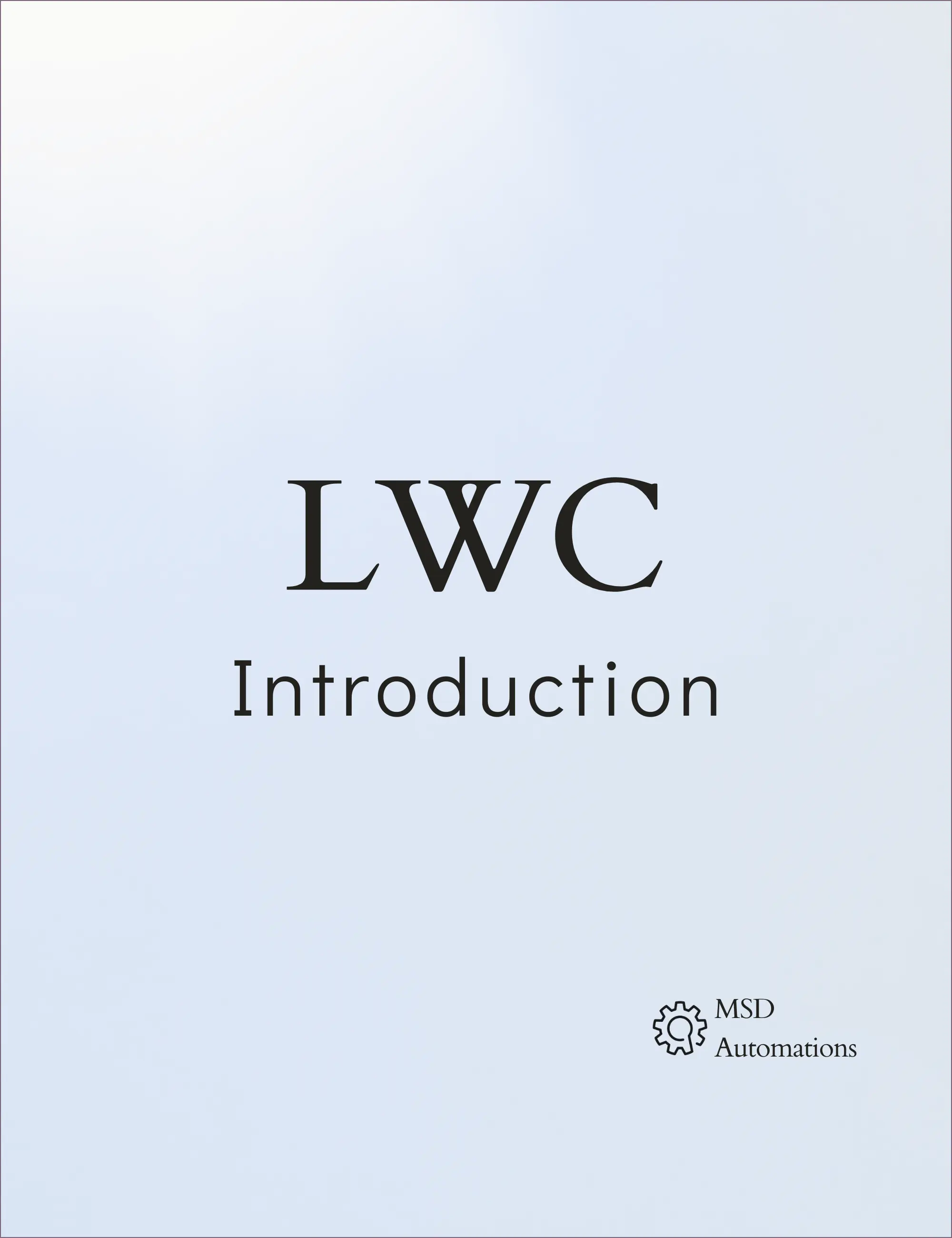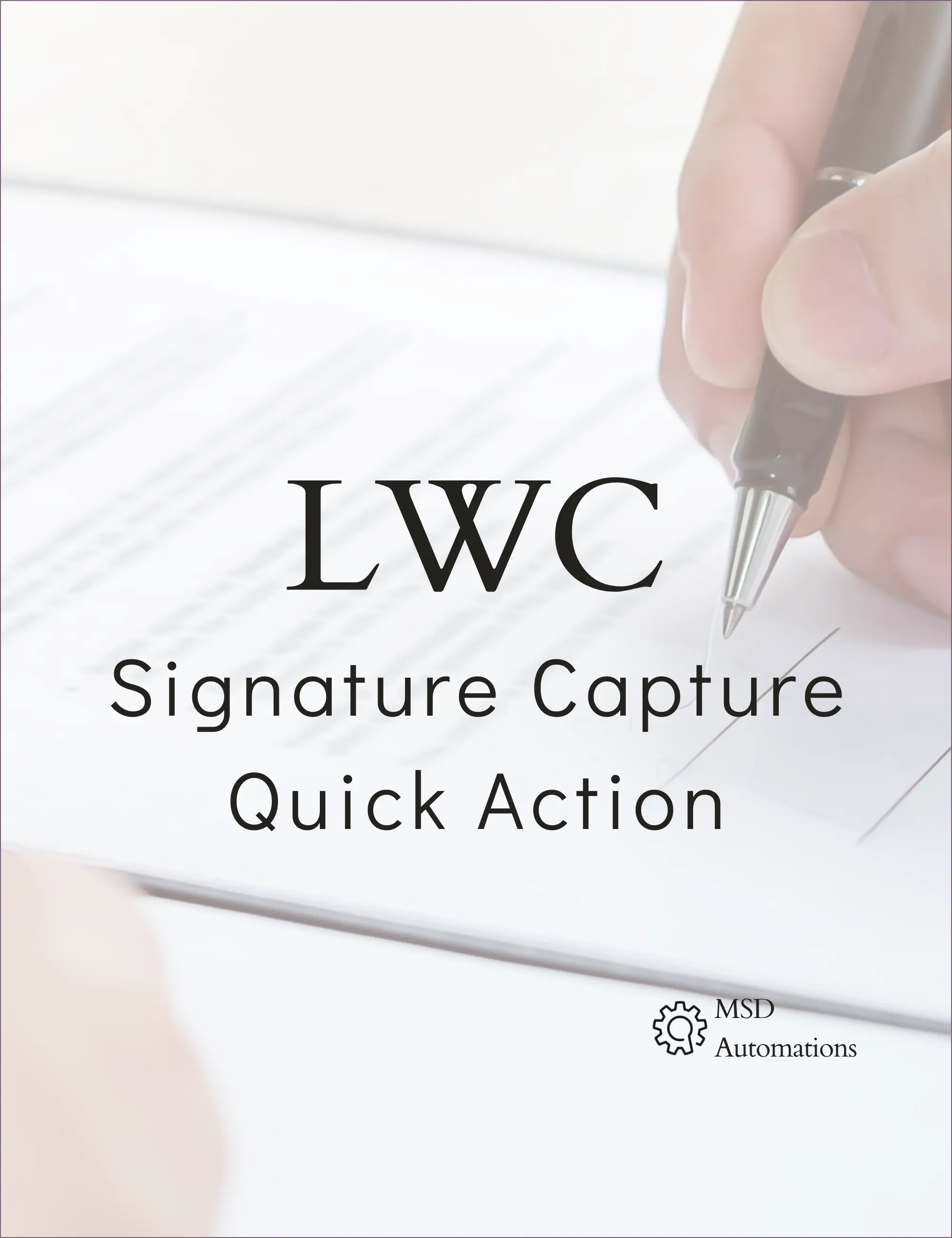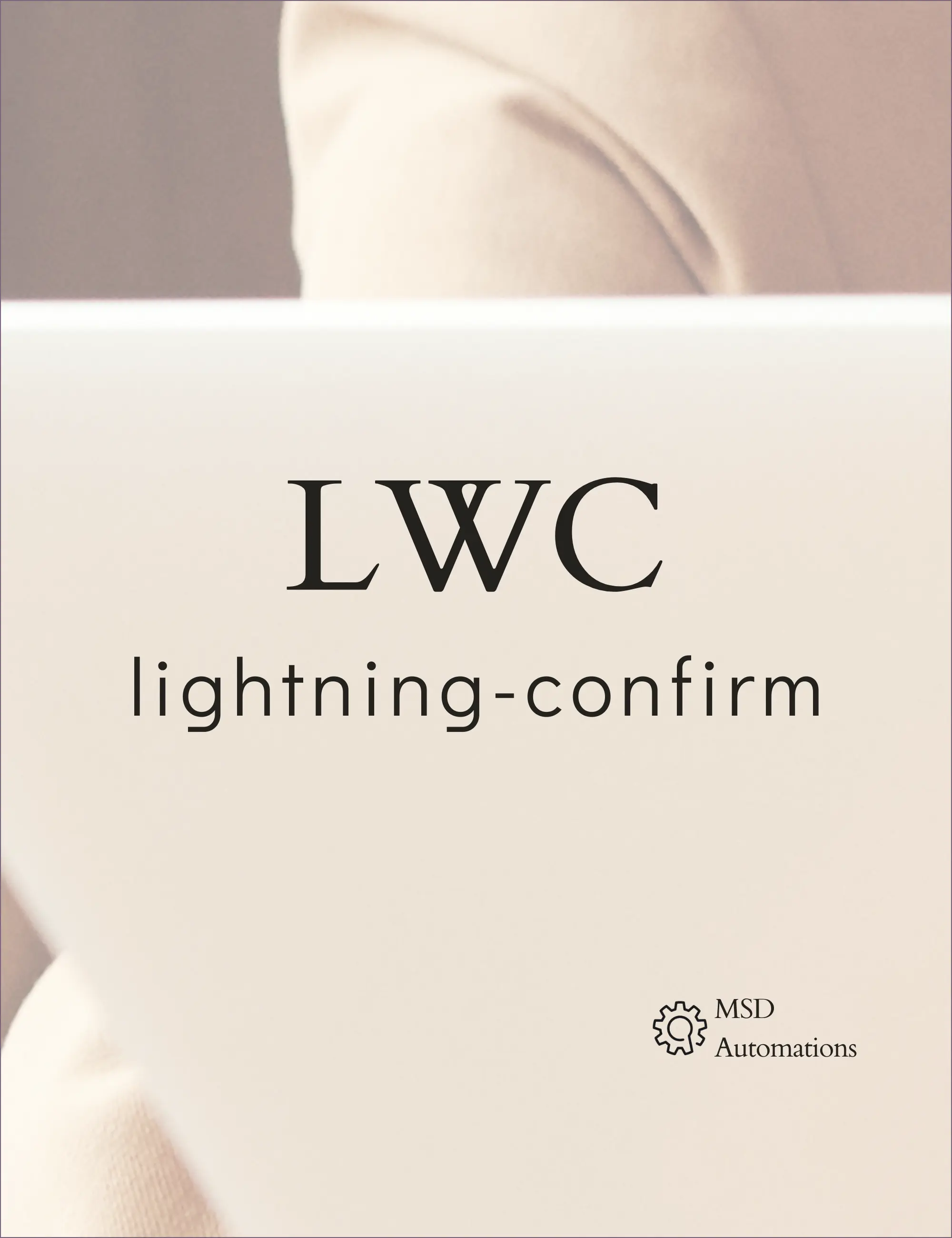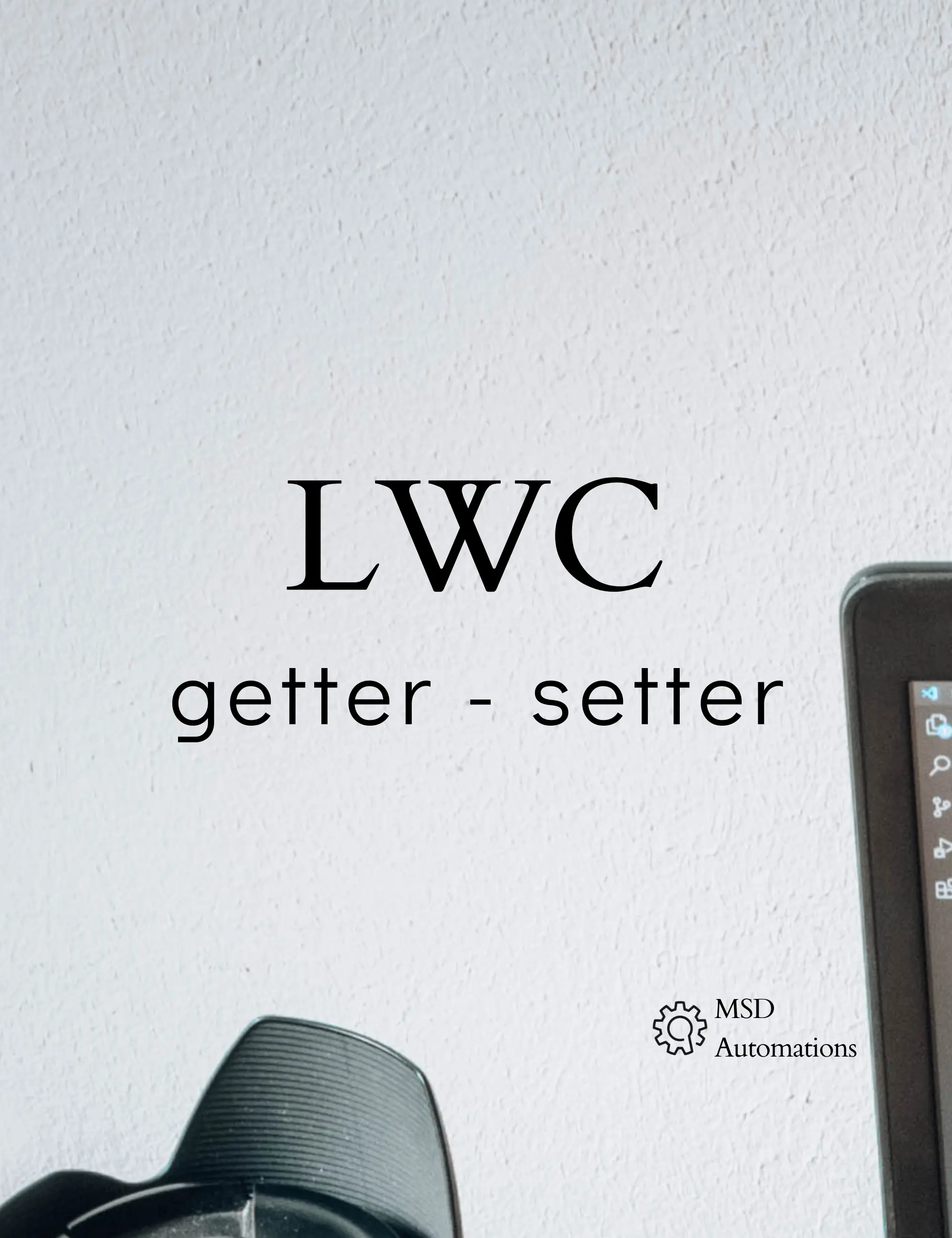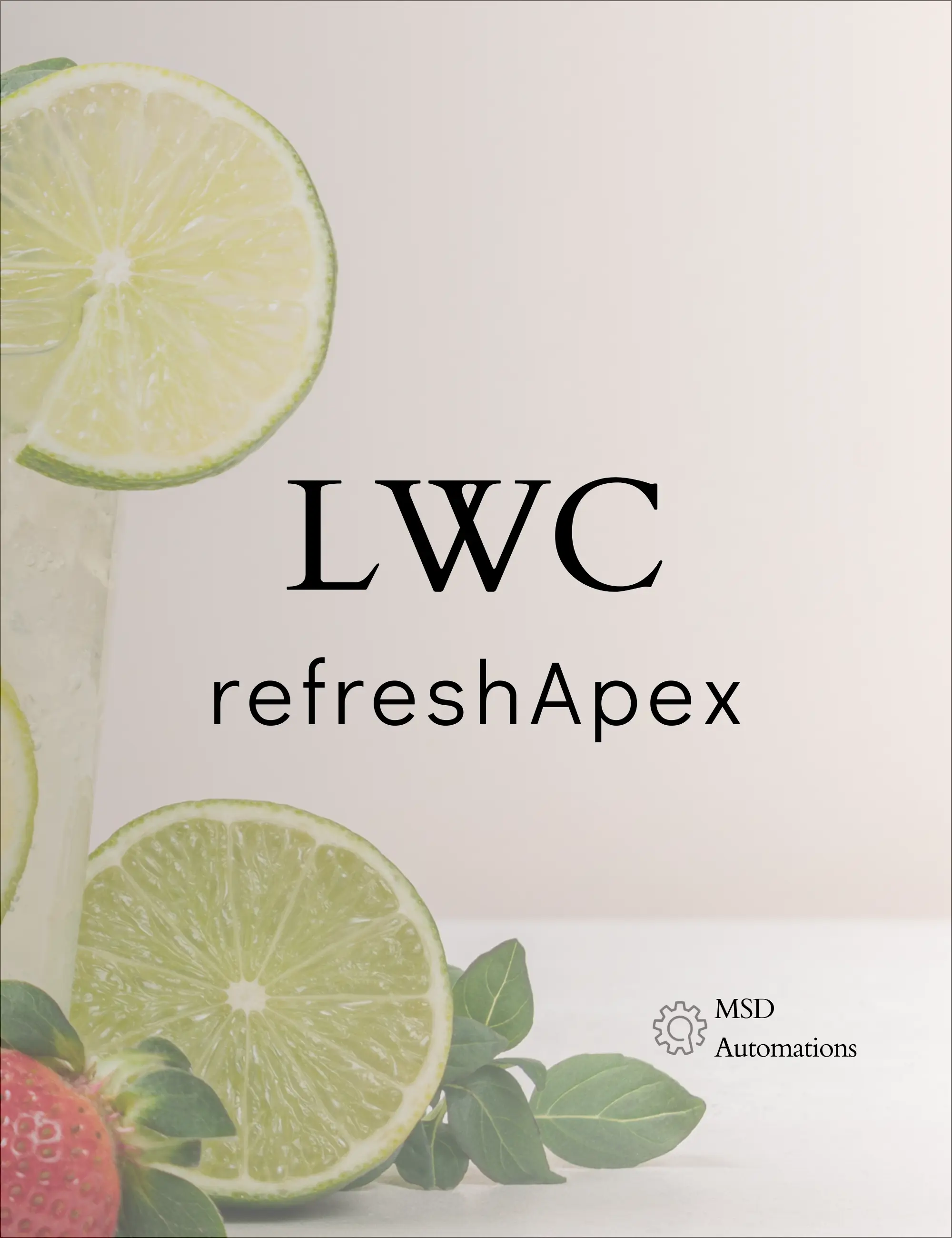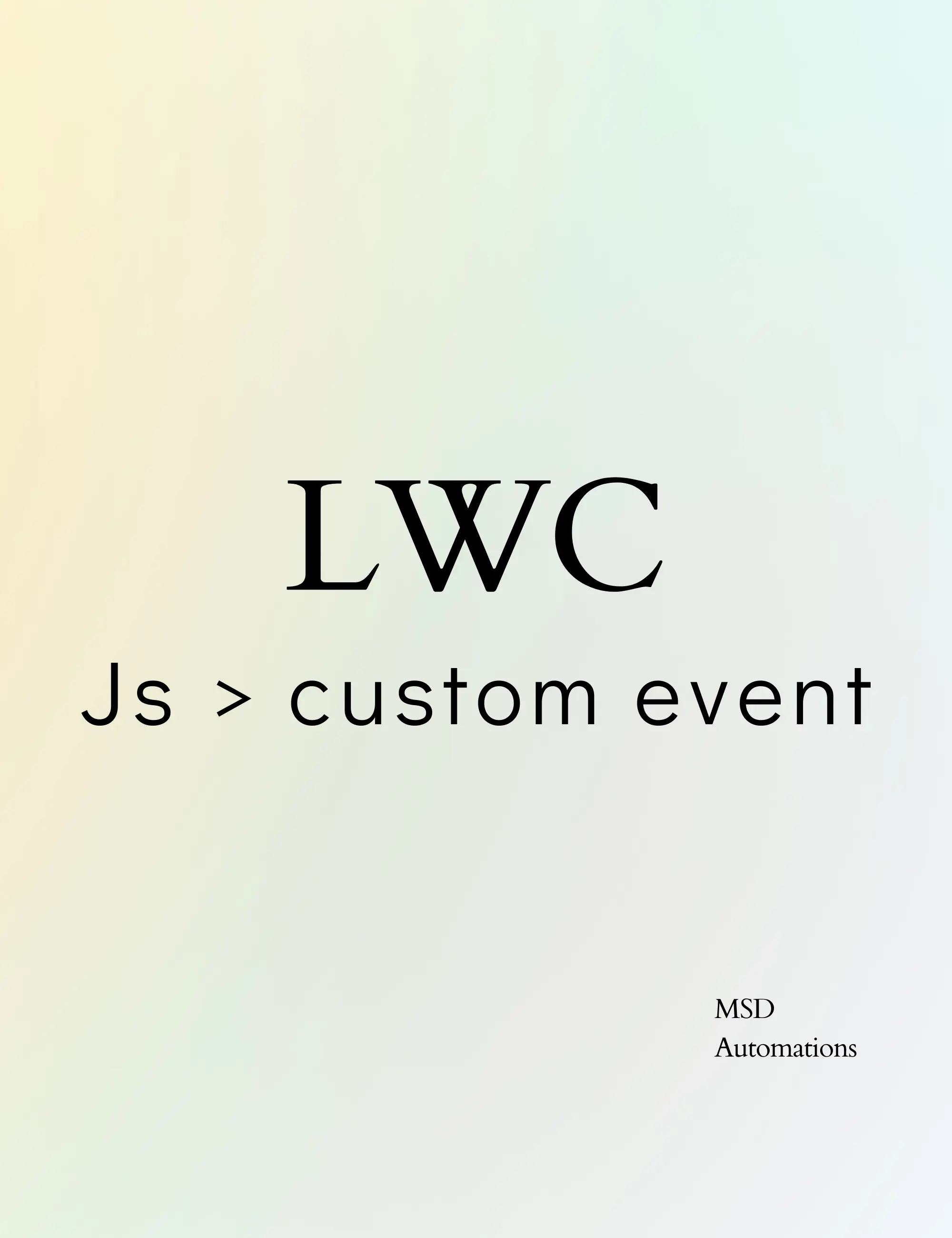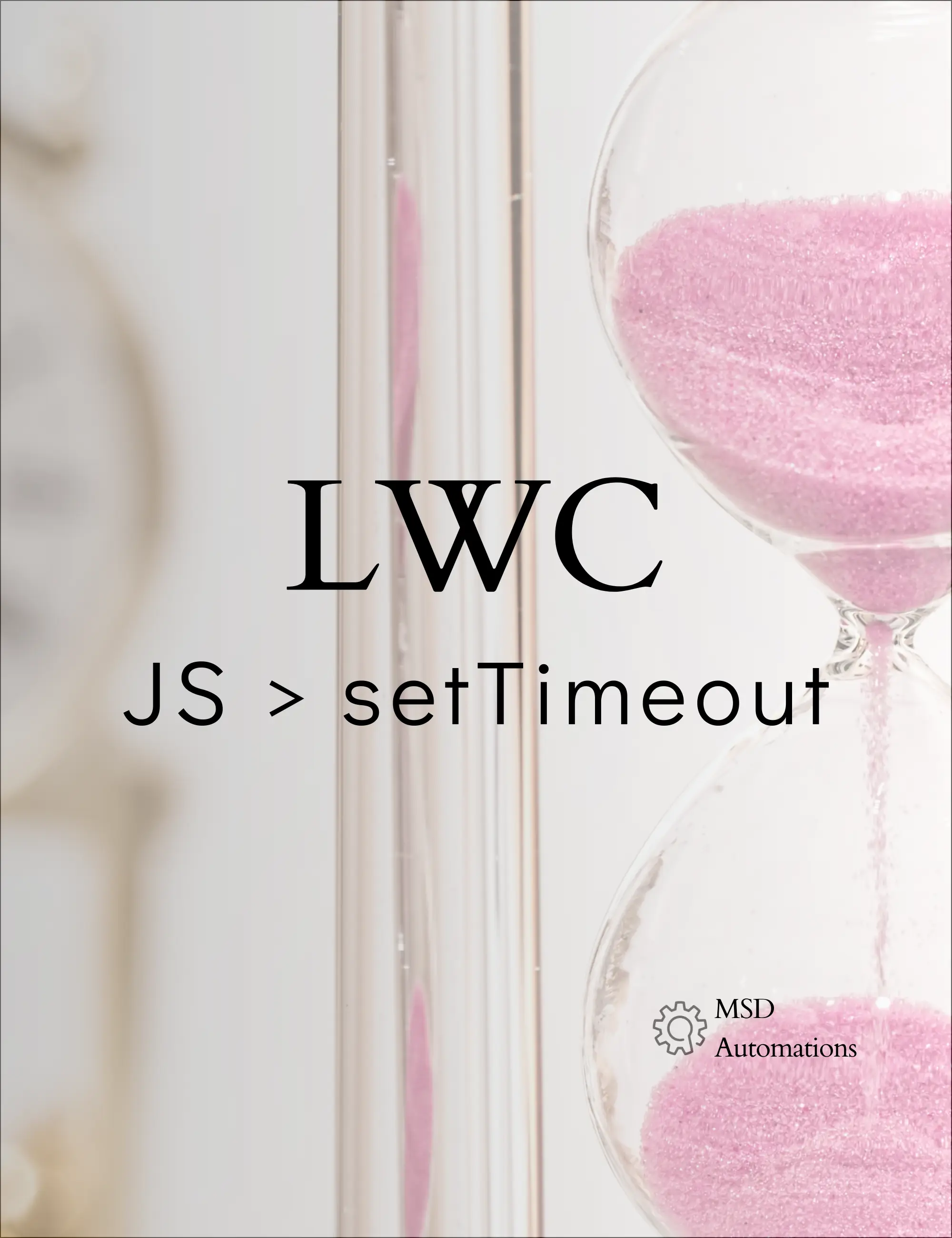Blogs
result found for lwc
In modern digital workflows, especially in CRM systems like Salesforce, capturing a user's signature electronically is becoming increasingly essential. Whether it's for approvals, customer consents, delivery confirmations, or agreements, integrating a seamless Signature Capture component inside Salesforce can streamline the user experience and eliminate the need for paper-based processes.
In this blog post, we'll walk through building a responsive, touch-friendly, and user-friendly Signature Capture Lightning Web Component (LWC), including a backend Apex controller to store the signature as a ContentVersion.
lightning-datatable mainly use for to view data in table format and apply action like view, edit and other action buttons
In order to create the List View button with VF page we've to setup certain parameter in vf page
The purpose of Lightning Messaging Service (LMS) is to enable seamless communication between different components in Salesforce applications. It allows these components to share data and updates in real-time without directly referencing each other, improving efficiency and user experience.
In Lightning Web Components (LWC), getters and setters provide a powerful way to encapsulate logic and manage the state of your component properties. They allow you to define custom behavior for reading and writing properties, enhancing the flexibility and maintainability of your components. Understanding how to use getters and setters effectively can help you create more dynamic and responsive Salesforce applications.
The refreshApex function in Lightning Web Components (LWC) is essential for re-querying and updating cached data returned by Apex methods. This function helps ensure that your components display the most up-to-date information without needing to reload the entire page. Understanding how to use refreshApex effectively can improve the user experience by providing real-time data updates in your Salesforce applications.
In Lightning Web Components (LWC), Custom Events are essential for creating interactive and responsive applications. They allow components to communicate with each other by dispatching and listening to events. This mechanism is crucial for handling user interactions, coordinating actions between different components, and ensuring a clean and modular architecture.
In Lightning Web Components (LWC), setTimeout is a commonly used method to execute a function after a specified delay. This can be useful for various purposes, such as delaying an action, creating a pause in execution, or managing asynchronous operations. Understanding how to use setTimeout effectively can enhance the interactivity and responsiveness of your LWC applications.
